Want to Hear a Painting? Discover Mikalojus Konstantinas Čiurlionis
Have you ever looked at a painting and could swear that it was about to start moving? As if the frame could continue when you turn away. Have you...
Guest Profile 21 September 2023
The Balloon-Eye, The Crying Spider, The Cactus Man, The Cyclops… This is not a list of creatures from some horror movie. These are paintings created by the endlessly creative mind of Odilon Redon—the individualist who believed in the superiority of the imagination over observation of nature. The dark realm of his shadowy worlds, spiritual beings, and mysterious creatures visible in his works once seen, remains unforgettable.
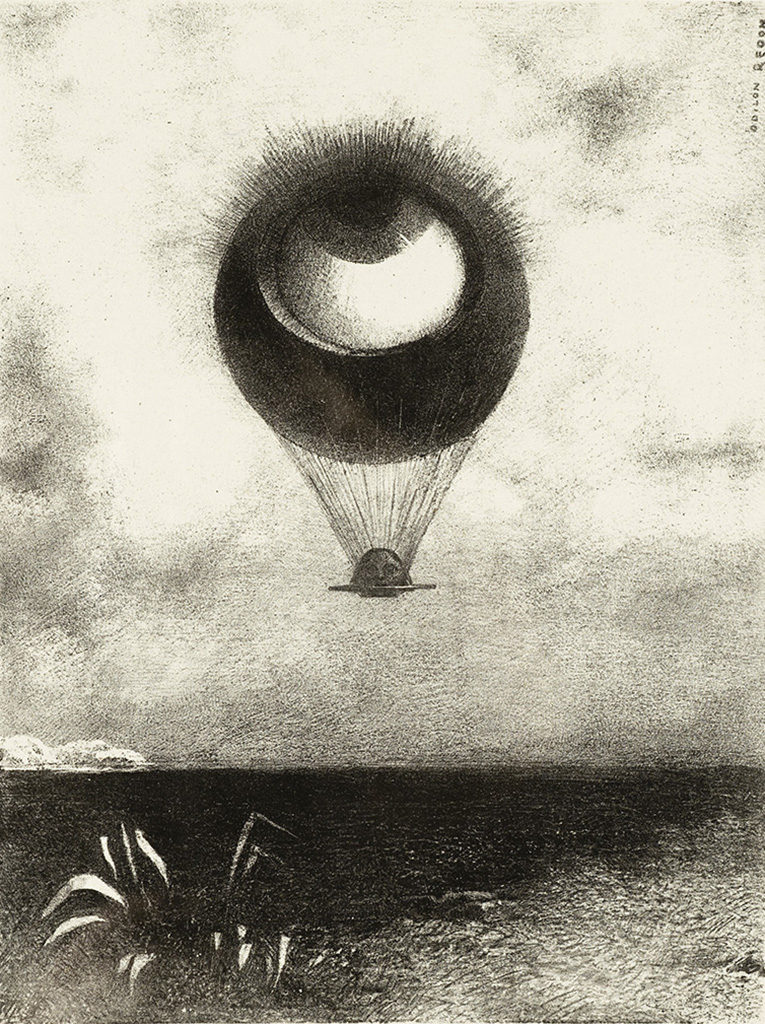
Born Bertrand-Jean Redon, the artist acquired the nickname “Odilon” from his mother, Odile. Redon started drawing at a young age. He wanted to become a painter but failed to pass the entrance exams at Paris’ École des Beaux-Arts, although he briefly studied painting there under Jean-Léon Gérôme in 1864.
Back home in his native Bordeaux, he took up sculpture, and Rodolphe Bresdin instructed him in etching and lithography. In 1870, Redon was drafted into the army to serve in the Franco-Prussian War, which meant that his artistic career had to be put on hold. Luckily, he survived the war and afterwards moved to Paris, working almost exclusively in charcoal and lithography.
There, in Paris, he began creating artworks conceived in shades of black known as noirs—French for “blacks.”
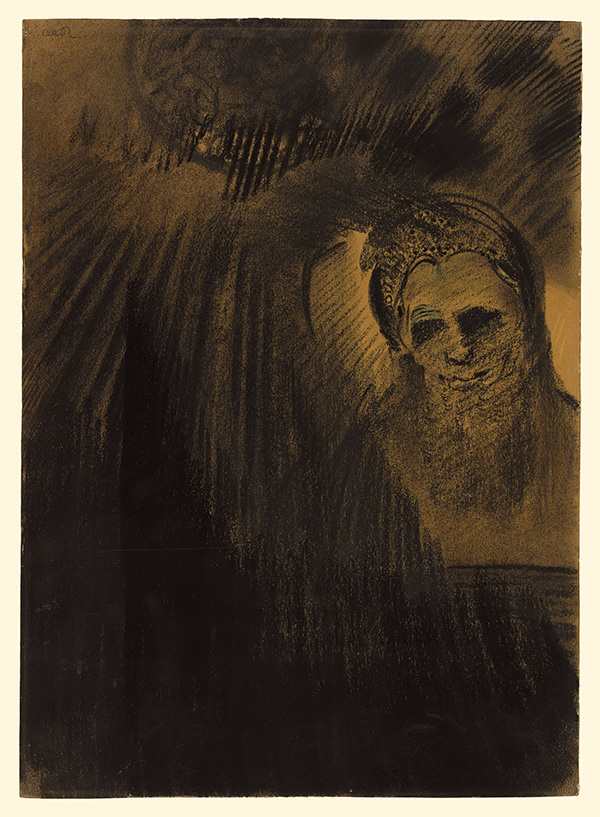
Redon’s fascination with darkness was accompanied by a powerful attraction to the indeterminate world, phantoms, insomnia, fantasies, and sick dreams usually rendered invisible by daylight. For such subjects the artist’s choice of tools and techniques was natural.
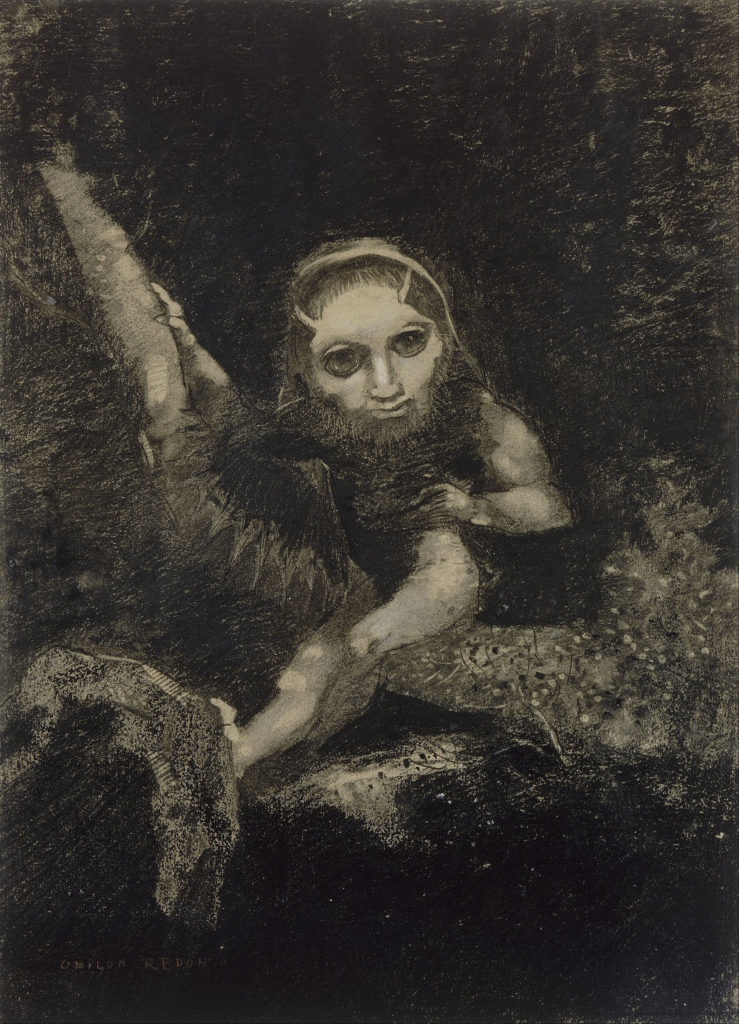
Redon’s mind was fertilized by literature, legends, and science. Caliban was a character from The Tempest by William Shakespeare and also a major source of inspiration for Redon. Caliban was depicted in several other works by the artist, including a later painting (around 1895-1900) of small size called Caliban Asleep.
Familiar with Darwinism and contemporary scientific theories on the evolution of living beings, Redon interpreted the Elizabethan Renaissance myth of the savage through the portrayal of this strange hybrid creature, closely associated with the plant world.
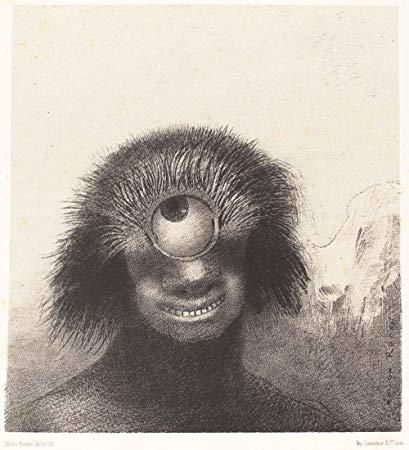
Cyclops were often the subject of Redon’s lithographs. In his work, the eye is often an all-controlling, independent creature, a symbol of the human soul and of the mysterious, unknown inner world.
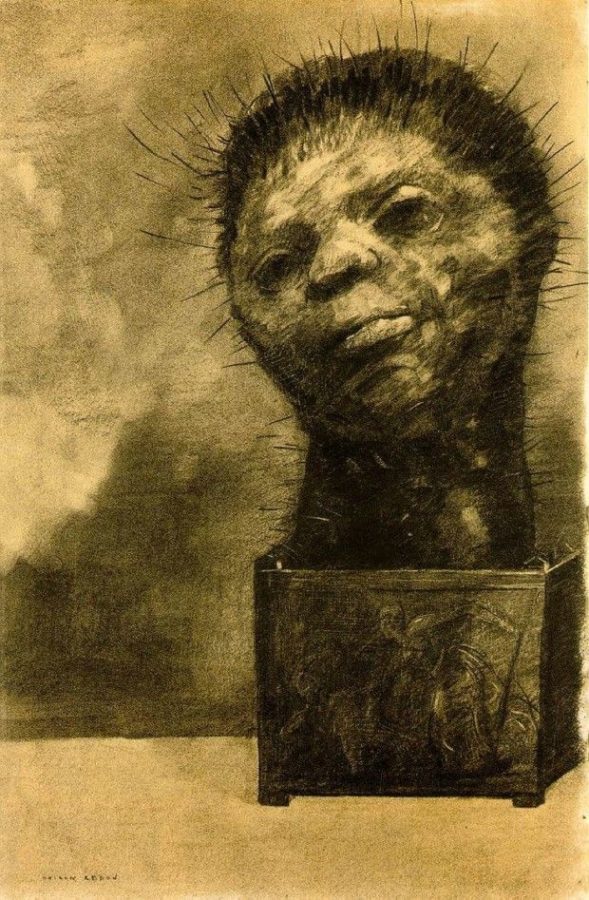
The Cactus Man depicts a man’s head emerging from a flowerpot. Thorns cover his skin and head, making it similar to Christ’s crown of thorns, or other similar martyrs. The vase is decorated with an image of an Amazon slaying a man, referring to the Greek myth of women warriors whose conflation of feminine and masculine traits echoes the conflation of human and plant forms in the drawing.
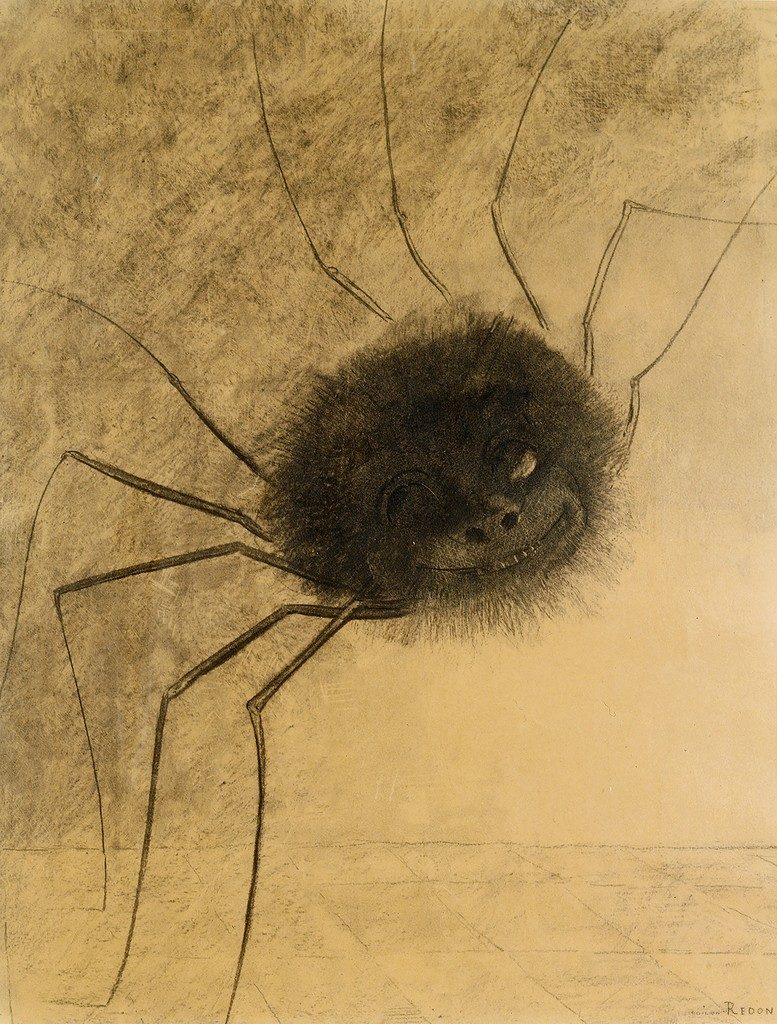
Redon was also fascinated with natural sciences and, with the encouragement of his friend, the botanist Armand Clavaud, he studied anatomy, osteology, and microscopic life. He frequented Paris’ Museum of Natural History, which included exhibits of biological abnormalities, and attended lectures at the Ecole de Medicine. Indeed many of his “monsters” were based on observation but were transformed by his imagination.
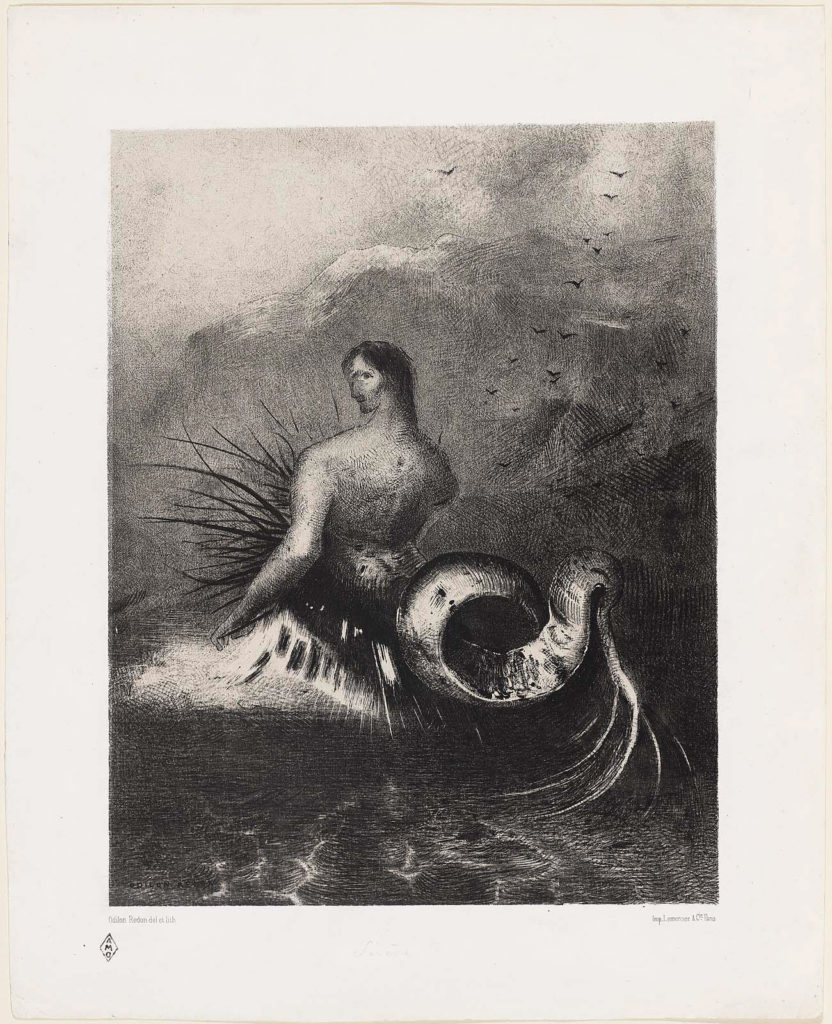
Redon’s artworks do not lend themselves to singular interpretations. As he himself said:
My drawings inspire and do not define themselves. They determine nothing. They place us, just as music does, in the ambiguous world of the indeterminate.
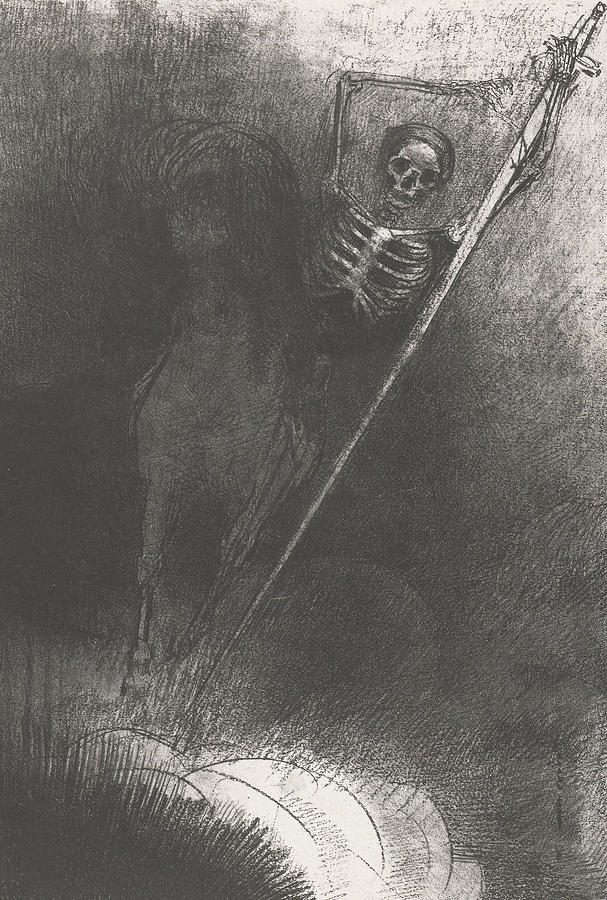
Redon became a celebrated figure in fin-de-siècle Paris. He was also greatly admired by artists and writers of the Symbolist movement with whom he shared an enthusiasm for the fantastic, mystical, and sublime forces found beneath the surface of everyday life.
Later, Redon began to paint in color. His encounter with Les Nabis introduced him to a more decorative aesthetic, Japonisme as well can be seen in his attention to flat, abstract patterns, and decorative ensembles. However, he never had enough of fantastic worlds and creatures. When asked in an interview about his favorite artistic subjects, Redon replied:
My monsters. I believe that it is there that I have given my most personal note.
DailyArt Magazine needs your support. Every contribution, however big or small, is very valuable for our future. Thanks to it, we will be able to sustain and grow the Magazine. Thank you for your help!